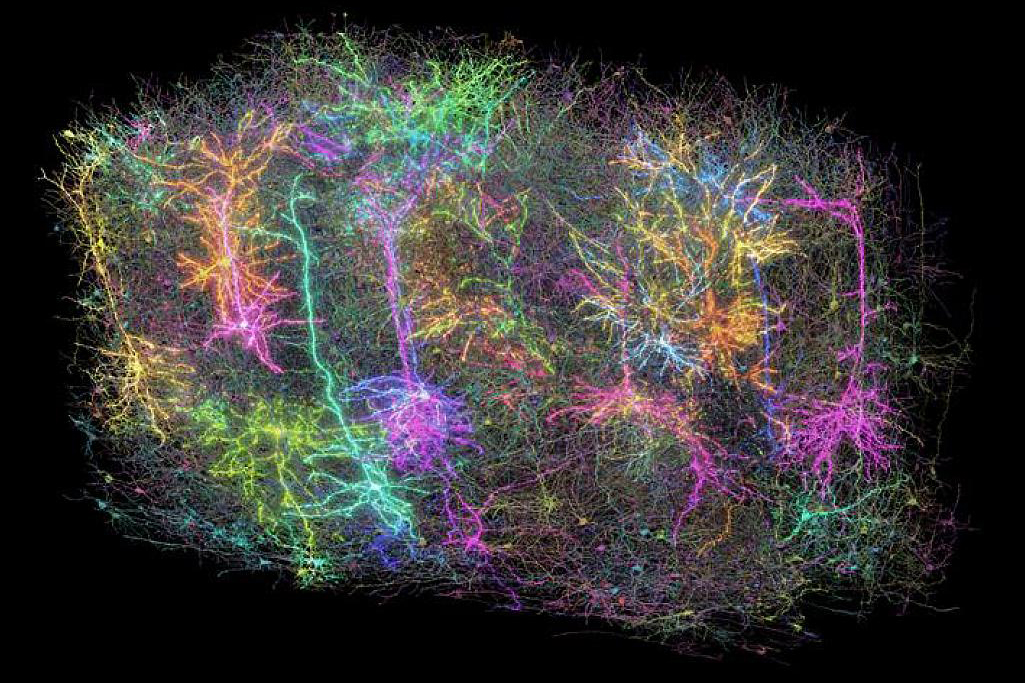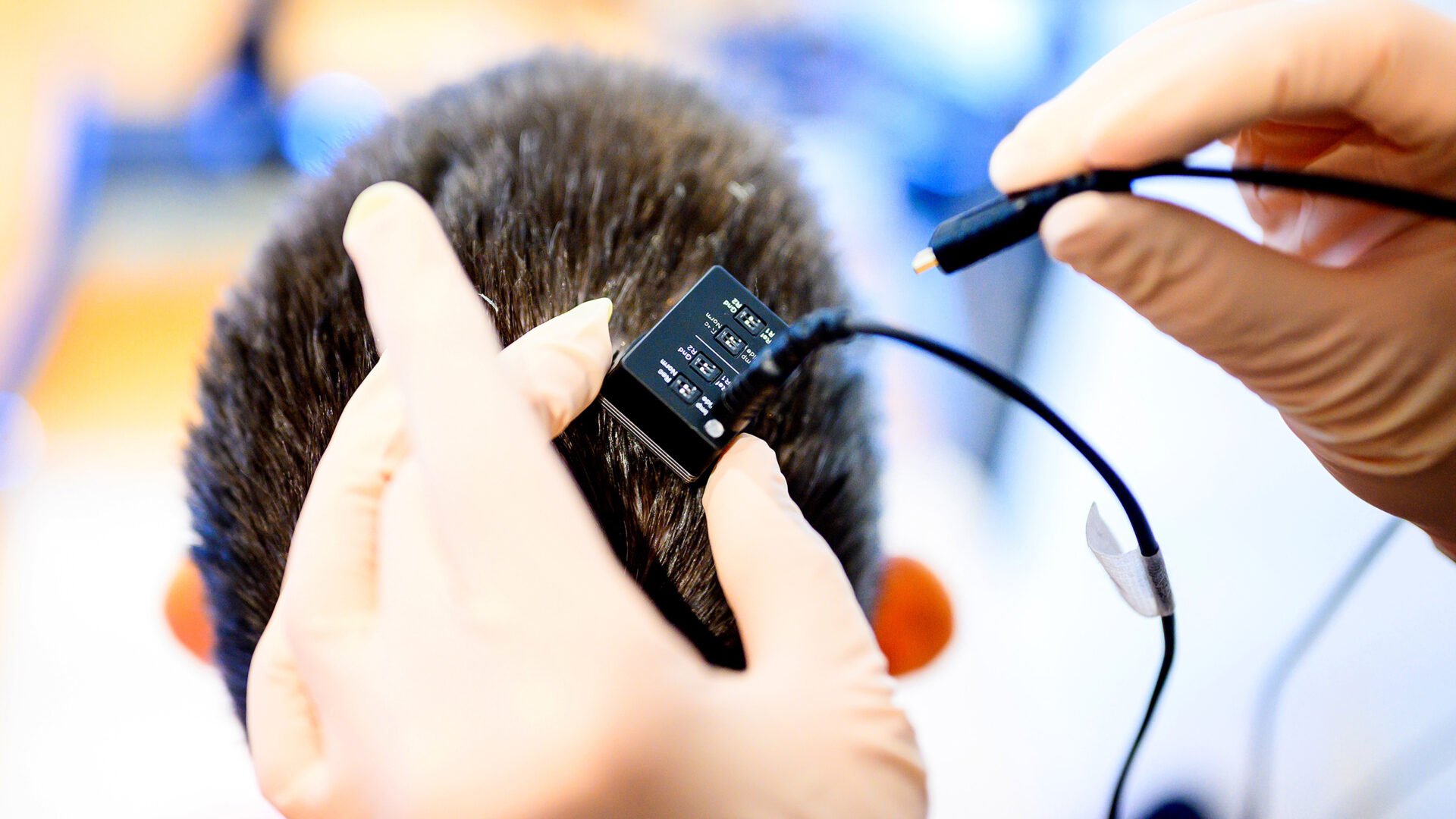Understanding the Role of 53BP1 and LC8 in DNA Repair Mechanisms
In the intricate world of cellular biology, 53BP1 has emerged as a pivotal player in the DNA repair process. This protein works in tandem with BRCA1, another crucial protein, to regulate the selection mechanisms that determine how cells respond to DNA double strand breaks. Such breaks can be devastating to cellular integrity and can lead to serious consequences, including cancer, if not repaired properly.
The function of 53BP1 in directing DNA repair factors to sites of damage hinges significantly on its oligomerization domain (OD) and its binding to LC8, a versatile hub protein renowned for its ability to dimerize over 100 client proteins. Recent findings reveal that 53BP1's OD forms a trimer, a notable deviation from the common formation of dimers or tetramers typically seen in clients of LC8. This unique trimeric structure allows 53BP1 to engage in a complex interplay with LC8, leading to the formation of a heterogeneous mixture of complexes. Among these complexes, a particularly large formation consists of a dimer of trimers interconnected by three LC8 dimers.
To elucidate the nature of these complexes, researchers employed analytical ultracentrifugation and isothermal titration calorimetry. Through these advanced techniques, it became clear that only the second of the three LC8 recognition motifs is essential for establishing a stable bridged complex with 53BP1. The stability of this bridged structure is finely tuned by several factors, including the multivalency of the interactions, the binding specificity at the second LC8 site, and the length of the linker that separates the LC8 binding domain from the oligomerization domain.
Interestingly, experiments involving 53BP1 mutants that lack the ability to form these bridged complexes have shown that they do not effectively influence 53BP1 focus formation within human cell culture studies. This observation suggests that the primary function of LC8 is to serve as a bridge between 53BP1 trimers. In doing so, it significantly enhances the recruitment of 53BP1 to sites of DNA damage, which is critical for the repair process.
The implications of this research are profound. By uncovering how higher-order oligomers of 53BP1 form and how LC8 contributes to this process, scientists can better understand the structural dynamics that underpin DNA repair. This knowledge not only enriches our understanding of cellular maintenance but also has potential ramifications for cancer research and therapy, as effective DNA repair mechanisms are vital for preventing the propagation of mutations that can lead to cancer.















